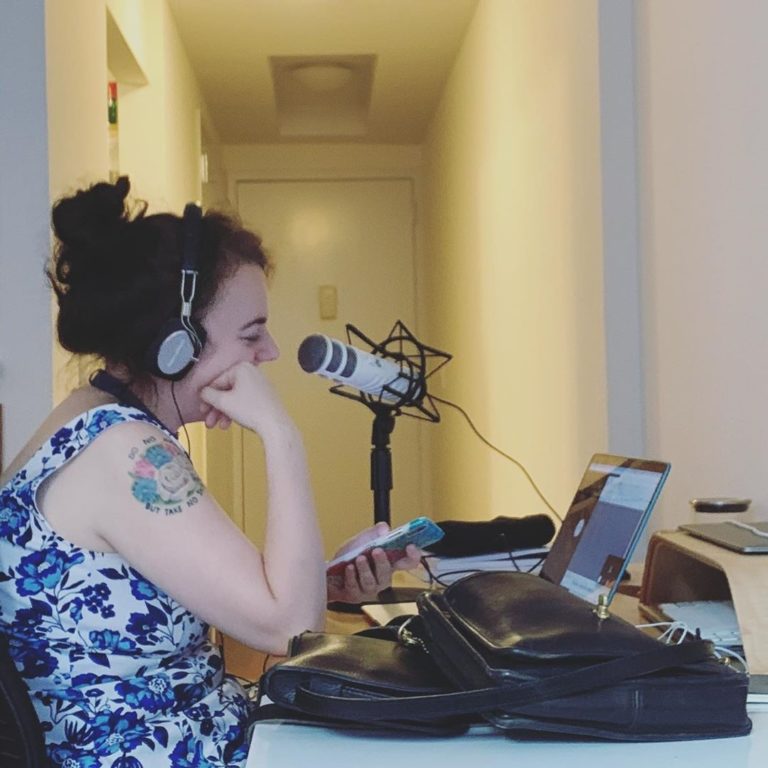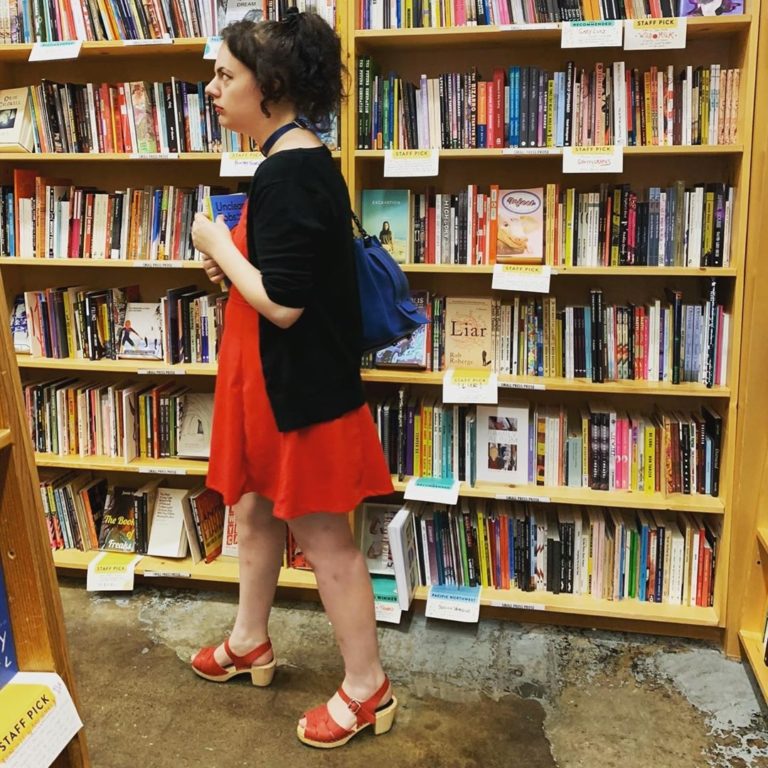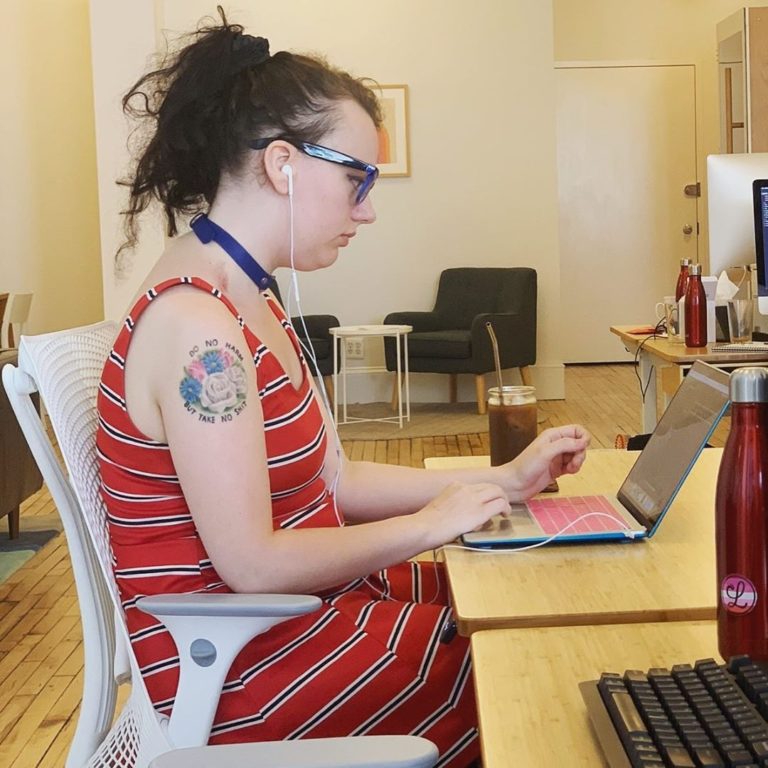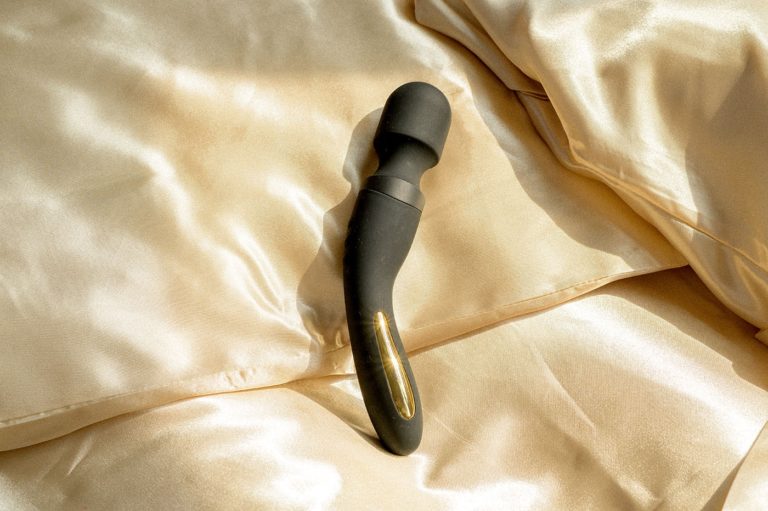
When my dermatologist diagnosed me with psoriasis, she stared sadly into my eyes and intoned, “There is no cure. This is a lifelong condition.”
Her grave demeanor made this skin condition seem like a death sentence – and indeed, for many psoriasis sufferers, managing symptoms is a daily struggle, as is managing people’s feelings about those symptoms, as well as your own. But my own case was relatively mild. I had a flaky scalp, some red and irritated spots on my face, and a handful of other unsightly zones scattered around my body. I wasn’t sad to receive my diagnosis – I was glad I finally had an answer, and some potential treatment routes to take.
In the years since, my psoriasis has gotten a bit worse but mostly stayed the same. My scalp still plaques and flakes; there’s a seemingly permanent red spot between my eyebrows that I cover with concealer when I can be bothered; my ears and butt and nose and hands all occasionally flare up with flaky bits. I use medicated shampoo and prescription ointments and they help, a little, sometimes. I’m doing okay.
For me, the worst thing about having psoriasis is the way it makes me feel like people are judging me and think my flakes are gross. I have no idea if they actually are thinking that, and no sexual partners have ever even said anything to me about it, except to occasionally point out an errant piece of dead skin I needed to pull out of my hair. But even the idea that they might think it’s gross is enough to make me want to stay clothed and celibate forever, sometimes.
For years, I’ve stopped partners from kissing or otherwise touching my ears, one of my grossest zones. Having my scalp scratched or massaged is a no-go for me, even though I like the way it feels, because I get too self-conscious about cascading flakes. I sometimes decline spankings (I love being spanked!) because I don’t want a partner to look at my butt. It’s sad, all the various ways this condition has impacted my sense of my own desirability.
It’s only really in my current relationship that I’ve begun to loosen that shame’s stranglehold on my sex life. I once asked Matt if they still think I’m cute when I’m flaky, and they said, “Of course! You know what else is flaky? Croissants. And everyone loves those.” It was a funny joke, but nonetheless, I cried when I heard it, because no one had ever said anything positive to me about my psoriasis before. I stopped instinctively tensing up when they would kiss close to my ears or hairline; I stopped needing to keep my underwear on during spankings. I just… let them see my body. Let them see me.
Around this time, I also began reading the writer Clementine Morrigan’s musings on her own psoriasis. She wrote about her own feelings of shame and worthlessness, and the ways to chose to combat them, including by incorporating her psoriasis into sex. She describes watching a partner kiss her reddened skin, and hearing another partner gasp, “Your psoriasis! It’s beautiful!” I was, and am, grateful as ever to people who share the stories of their struggles in an effort to make others feel less alone. That’s what I’m trying to do right here, right now.
I haven’t yet figured out how to make my psoriasis sexy for myself, the way Clementine has. But I’m luxuriating in the love I feel from my partner whether I’m flaring up or fleetingly flakeless. While I don’t believe in the concept of “unconditional love” – you are allowed to have conditions, to set boundaries, to maintain standards! – this is the closest I’ve ever come to feeling that from a romantic partner. I know now that when they flip me over and see my scaly skin, they’re not going to leave me – they’re just going to love me harder.



